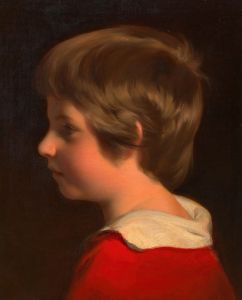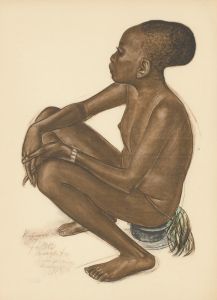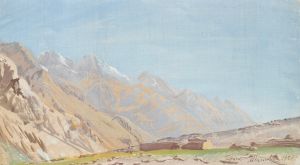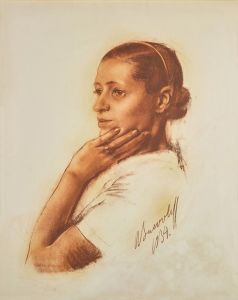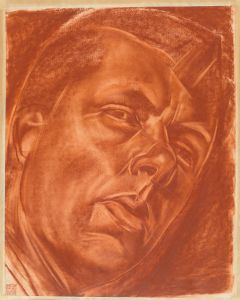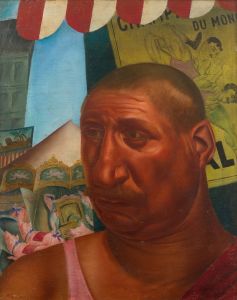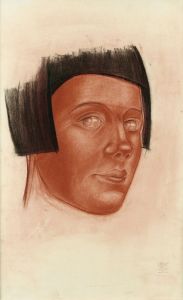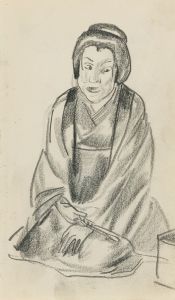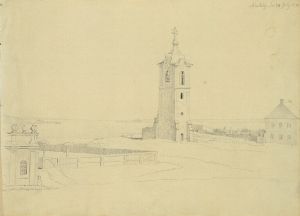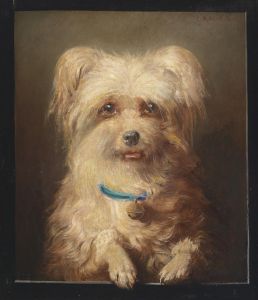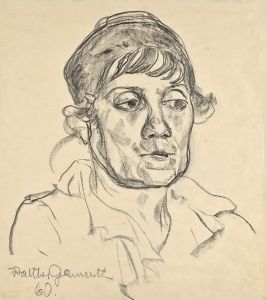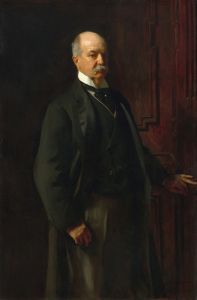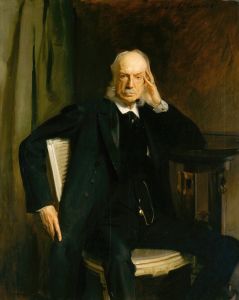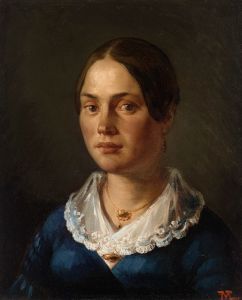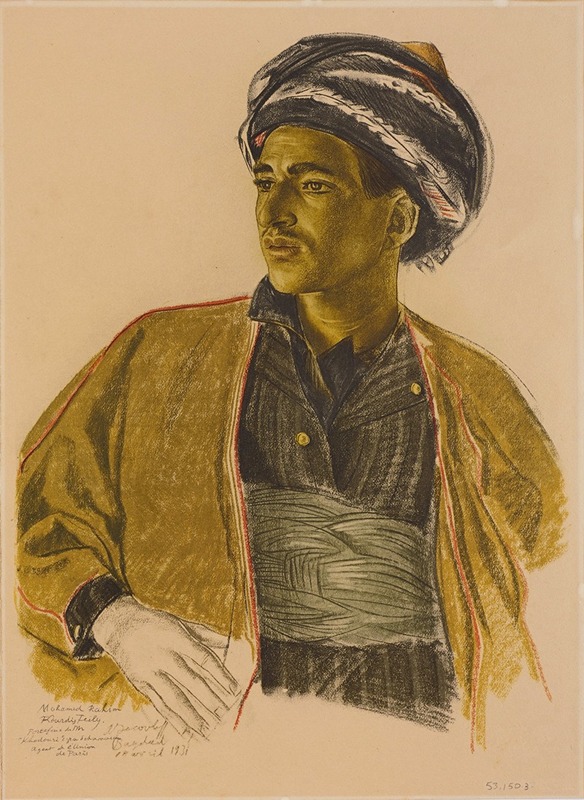
Un Kurde de Bagdad
A hand-painted replica of Alexandre Jacovleff’s masterpiece Un Kurde de Bagdad, meticulously crafted by professional artists to capture the true essence of the original. Each piece is created with museum-quality canvas and rare mineral pigments, carefully painted by experienced artists with delicate brushstrokes and rich, layered colors to perfectly recreate the texture of the original artwork. Unlike machine-printed reproductions, this hand-painted version brings the painting to life, infused with the artist’s emotions and skill in every stroke. Whether for personal collection or home decoration, it instantly elevates the artistic atmosphere of any space.
Alexandre Jacovleff, also known as Alexandre Yevgenievich Yakovlev, was a Russian painter and graphic artist renowned for his diverse and vibrant works that often depicted scenes from his extensive travels. One of his notable works is "Un Kurde de Bagdad," which translates to "A Kurd from Baghdad."
Jacovleff was born in Saint Petersburg, Russia, in 1887 and studied at the Imperial Academy of Arts. His career was marked by a fascination with different cultures and a desire to capture the essence of the people and places he encountered. This passion led him to travel extensively, and his journeys significantly influenced his artistic output.
"Un Kurde de Bagdad" is a portrait that exemplifies Jacovleff's skill in capturing the character and essence of his subjects. The painting portrays a Kurdish man from Baghdad, reflecting Jacovleff's interest in the diverse ethnic groups he encountered during his travels. The Kurds are an ethnic group native to a mountainous region known as Kurdistan, which spans southeastern Turkey, northwestern Iran, northern Iraq, and northern Syria. Baghdad, the capital of Iraq, has historically been a melting pot of various cultures and ethnicities, including the Kurdish people.
Jacovleff's approach to portraiture was deeply influenced by his academic training and his exposure to various artistic movements. His works often combine a keen eye for detail with a vibrant use of color and a strong sense of composition. In "Un Kurde de Bagdad," these elements come together to create a powerful and evocative image. The subject is depicted with a dignified and contemplative expression, dressed in traditional Kurdish attire, which Jacovleff rendered with meticulous attention to detail.
The painting is notable for its use of color and light, which Jacovleff employed to enhance the subject's presence and to convey a sense of the environment in which the man lived. The background is kept relatively simple, ensuring that the viewer's focus remains on the subject. This technique is characteristic of Jacovleff's portraiture, where the emphasis is placed on the individual and their unique characteristics.
Jacovleff's works, including "Un Kurde de Bagdad," are celebrated for their ethnographic value as well as their artistic merit. They provide a window into the lives and cultures of people from different parts of the world during the early 20th century. His ability to capture the spirit of his subjects with empathy and respect has earned him a lasting place in the history of art.
Throughout his career, Jacovleff participated in numerous exhibitions and received several accolades for his work. He eventually settled in Paris, where he continued to paint and exhibit until his death in 1938. Today, his works are held in various public and private collections, and he is remembered as an artist who brought the world closer through his vivid and insightful portrayals of its people.





